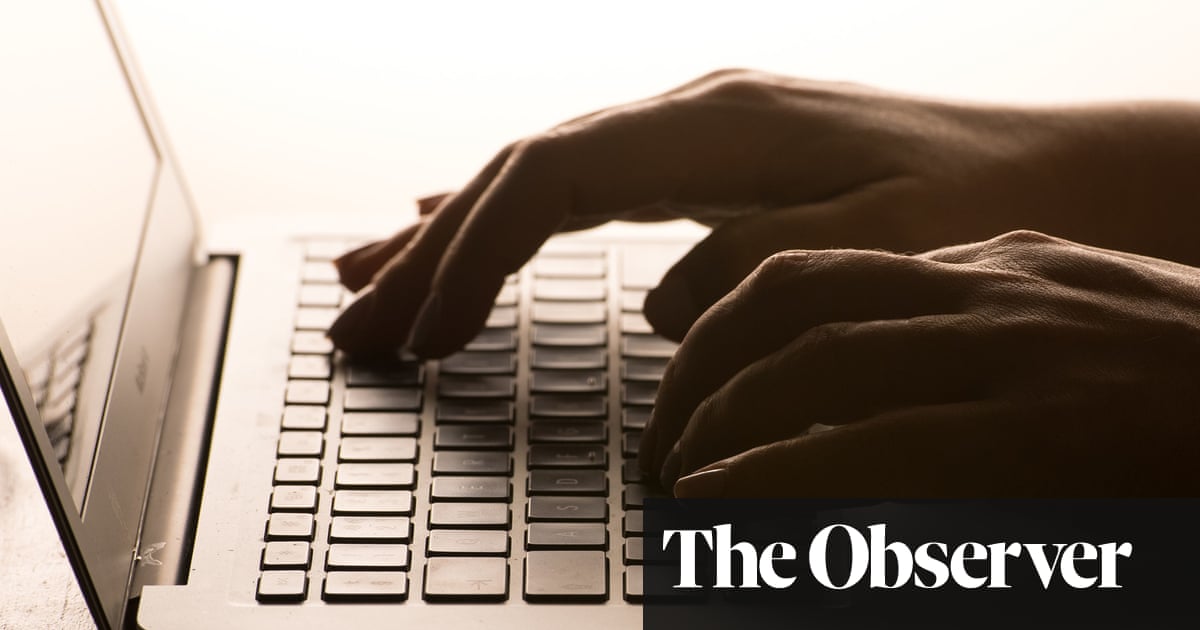- cross-posted to:
- stablediffusion@lemmit.online
- cross-posted to:
- stablediffusion@lemmit.online
A sex offender convicted of making more than 1,000 indecent images of children has been banned from using any “AI creating tools” for the next five years in the first known case of its kind.
Anthony Dover, 48, was ordered by a UK court “not to use, visit or access” artificial intelligence generation tools without the prior permission of police as a condition of a sexual harm prevention order imposed in February.
The ban prohibits him from using tools such as text-to-image generators, which can make lifelike pictures based on a written command, and “nudifying” websites used to make explicit “deepfakes”.
Dover, who was given a community order and £200 fine, has also been explicitly ordered not to use Stable Diffusion software, which has reportedly been exploited by paedophiles to create hyper-realistic child sexual abuse material, according to records from a sentencing hearing at Poole magistrates court.



Edit for the downvoters: StackExchange - How do I add exif data to an image?
Going to need you to elaborate on this. EXIF data is just bytes in a file, like any of the other bytes in the file. It can be changed and is often changed without the users consent. Are you proposing we create a new type of hardware, something akin to Secure Enclave, and then mass-produce and add it to every consumer CPU to ensure some specific types of exif data isn’t tampered with?
I was thinking of an approach based on cryptographic signatures. If all images that come from a certain AI model are signed with a digital certificate, you can tamper with metadata all you want, you’re not gonna be able to produce the correct signature to add to an image unless you have access to the certificate’s private key. This technology has been around for ages and is used in every web browser and would be pretty simple to implement.
The only weak point with this approach would be that it relies on the private key not being publicly accessible, which makes this a lot harder or maybe even impossible to implement for open source models that anyone can run on their own hardware. But then again, at least for what we’re talking about here, the goal wouldn’t need to be a system covering every model, just one that makes at least a couple models safe to use for this specific purpose.
I guess the more practical question is whether this would be helpful for any other use case. Because if not, I hardly doubt it’s gonna be implemented. Nobody is gonna want the PR nightmare of building a feature with no other purpose than to help pedophiles generate stuff to get off to “safely”, no matter how well intentioned
I disagree that it should be allowed, but I think their proposal would be something like attaching an identifier to the model, the random seed, the “temperature,” and any other relevant parameters that allow exact reproduction of the image without having access to anything but the model. Then you can prove it came from the model.
Here’s a thought experiment, though, what would prevent someone from taking a real image and a model, then working with them until they can reproduce a very close approximation of the real image from text and parameter input? These models aren’t like a hash function, they can be viewed in reverse to some extent. Backpropagation is how they are trained.